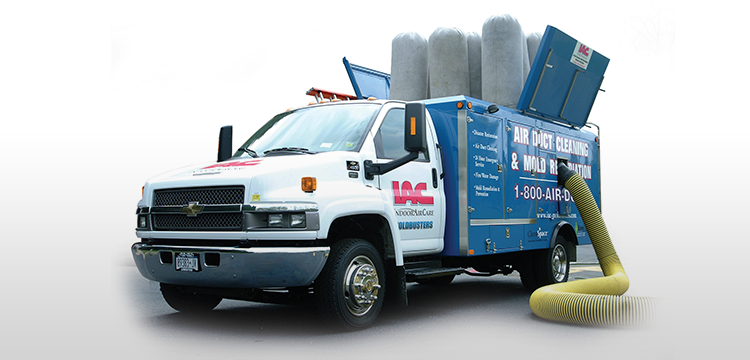
Did you know air quality of the indoor environment can profoundly affect the health, comfort, and productivity of building occupants?
Indoor air quality is essential to a happy and healthy workplace so what should you know about indoor air quality? This blog should help answer your questions.
Like with most things, when everything is running smoothly, nobody really notices. The same goes for indoor air quality, when the air quality is good it isn’t something people take notice of, but it’s easy to detect when there is a problem. When the air contains dust and objectionable odors, chemical contaminants, dampness or mold that is when you have problems with air quality. When there is poor ventilation, temperature and humidity control, you have a problem with air quality. If you have issues with chemicals, fumes or ordors, you have a problem with air quality
The Importance of Ventilation
Poor air quality may develop when not enough fresh air is introduced to reduce contaminant concentrations. An HVAC system must not only control contaminants, it must also provide a comfortable environment. The perception of still or stale air, odors, draftiness or errant temperature and humidity levels are common complaints.
Proper ventilation health studies have shown that communicable diseases like the common cold, influenza and tuberculosis spread more efficiently in poorly ventilated buildings. Proper air filtration is also important.
Issues Associated with Poor Indoor Air Quality
Problems with air quality can cause health symptoms. Some health-related complaints may be due to allergic reactions. Some health-related complaints associated with poor air quality mimic those of the flu or a cold: headaches, sinus problems, congestion, dizziness, nausea, fatigue and irritation of the eyes, nose or throat.
What Can Be Done About Poor Air Quality?
The first step into figuring out how to deal with your air quality problem is to find out if you actually have an issue. Air quality testing by a licensed, trained company can help determine what your building’s issues are and how best to take care of it.
Air quality testing will also help determine if you need air duct cleaning, mold removal or other services to help fix indoor air quality problems.
Indoor air quality concerns are a fact of life for building owners, business owners, managers, and occupants. When a building is managed with an eye for preventing air quality problems this greatly reduces the likelihood of chronic discomfort and will likely increase building occupants’ productivity.

